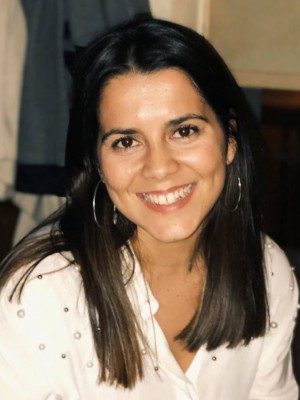abstract
Medical adhesives are emerging as an important clinical tool as adjuvants for sutures and staples in wound closure and healing and in the achievement of hemostasis. However, clinical adhesives combining cytocompatibility, as well as strong and stable adhesion in physiological conditions, are still in demand. Herein, a mussel-inspired strategy is explored to produce adhesive coacervates using tannic acid (TA) and methacrylate pullulan (PUL-MA). TA|PUL-MA coacervates mainly comprise van der Waals forces and hydrophobic interactions. The methacrylic groups in the PUL backbone increase the number of interactions in the adhesives matrix, resulting in enhanced cohesion and adhesion strength (72.7 Jm-2), compared to the non-methacrylated coacervate. The adhesive properties are kept in physiologic-mimetic solutions (72.8 Jm-2) for 72 h. The photopolymerization of TA|PUL-MA enables the on-demand detachment of the adhesive. The poor cytocompatibility associated with the use of phenolic groups is here circumvented by mixing reactive oxygen species-degrading enzyme in the adhesive coacervate. This addition does not hamper the adhesive character of the materials, nor their anti-microbial or hemostatic properties. This affordable and straightforward methodology, together with the tailorable adhesivity even in wet environments, high cytocompatibility, and anti-bacterial activity, enables foresee TA|PUL-MA as a promising ready-to-use bioadhesive for biomedical applications. An adhesive coacervate formed by tannic acid and methacrylate pullulan through supramolecular interactions, with stable wet adhesion, high cytocompatibility, antibacterial activity, and hemostatic properties, is reported. The use of photopolymerizable groups leads to the development of an on-demand detachment adhesive. The new biomaterial is designed for wound closure and healing, being a promising bioadhesive for biomedical applications. image
keywords
HYDROGELS; PULLULAN; STRENGTH; GROMACS; SURFACE; TAPE
subject category
Engineering; Science & Technology - Other Topics; Materials Science
authors
Sacramento, MMA; Oliveira, MB; Gomes, JRB; Borges, J; Freedman, BR; Mooney, DJ; Rodrigues, JMM; Mano, JF
our authors
Groups
G5 - Biomimetic, Biological and Living Materials
G6 - Virtual Materials and Artificial Intelligence
Projects
CICECO - Aveiro Institute of Materials (UIDB/50011/2020)
CICECO - Aveiro Institute of Materials (UIDP/50011/2020)
Associated Laboratory CICECO-Aveiro Institute of Materials (LA/P/0006/2020)
BlueGlue: Bioinspired medical adhesives from marine macroalgae derived biopolymers (BLUEGLUE)
Collaboratory for Emerging Technologies, CoLab (EMERGING TECHNOLOGIES)
acknowledgements
This work was developed within the scope of the project CICECO-Aveiro Institute of Materials UIDB/50011/2020 (DOI 10.54499/UIDB/50011/2020), UIDP/50011/2020 (DOI 10.54499/UIDP/50011/2020) & LA/P/0006/2020 (DOI 10.54499/LA/P/0006/2020), financed by national funds through the FCT/MEC (PIDDAC), and within the scope of the project BLUEGLUE (FA_05_2017_031) financed by Fundo Azul (Call - N.degrees 5/2017) and Direcao-Geral de Politica do Mar (DGMP) do Ministerio Portugues do Mar. This work was also funded by the European Union's Horizon Europe research and innovation program under the grant agreement No. 101079482 ("SUPRALIFE"). The NMR spectrometers were part of the National NMR Network (PTNMR) and were partially supported by Infrastructure Project N degrees 022161 (co-financed by FEDER through COMPETE 2020, POCI and PORL, and FCT through PIDDAC). M.M.A.S, M.B.O., J.B., and J.M.M.R. gratefully acknowledge FCT for the PhD grant 2020.07156.BD - M.M.A.S. and individual researcher contracts CEECINST/00013/2021 - M.B.O., 2020.00758.CEECIND (DOI 10.54499/2020.00758.CEECIND/CP1589/CT0007) - J.B., CEECIND/01363/2018 (DOI 10.54499/CEECIND/01363/2018/CP1559/CT0022) - J.M.M.R. under the Scientific Employment Stimulus, respectively.







